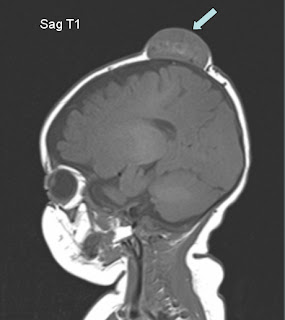68 year old with gradual increasing restriction of right shoulder movements with shoulder pain.
MRI demonstrates:
Inferior glenohumeral ligament and the inferior joint capsule (yellow block arrow) in the axillary recess shows diffuse thickening.
Diffuse thickening of the coracohumeral ligament (white arrow) extending upto the rotator cuff interval and is hyperintense on the T2 images.
Appearances are indicative of features of adhesive capsulitis.
Adhesive Capsulitis:
Inferior glenohumeral ligament and the inferior joint capsule (yellow block arrow) in the axillary recess shows diffuse thickening.
Diffuse thickening of the coracohumeral ligament (white arrow) extending upto the rotator cuff interval and is hyperintense on the T2 images.
Appearances are indicative of features of adhesive capsulitis.
Adhesive Capsulitis:
Adhesive capsulitis or frozen shoulder is an inflammatory condition of the glenohumeral joint synovium and capsule leading to a restricted range of motion.
- most commonly encountered in female patients who are 40 to 60 years of age.
- abnormalities most commonly involve the rotator interval capsule, the biceps tendon root, and the inferior and posterior capsule.
- clinical features of rotator cuff pathology and impingement often mimic those of adhesive capsulitis.
Rotator interval lies between the supraspinatus muscle and tendon posterosuperiorly and the subscapularis muscle and tendon anteroinferiorly.
Coracohumeral ligament is readily identified on sagittal and coronal T1-weighted or T2-weighted images as a curvilinear low-signal structure surrounded by fat, lateral to the coracoid process.
The thickness of the capsule of the axillary recess is best demonstrated on coronal images at the mid glenoid level
MRI findings that suggest adhesive capsulitis:
- soft tissue thickening in the rotator interval, which may encase the coracohumeral and superior glenohumeral ligaments, and soft tissue thickening adjacent to the biceps anchor .
- thickened inferior glenohumeral ligament greater than 4 mm is often seen in the axillary pouch
Reference:






